In 1st century BCE Rome, religious processions were grand civic rituals—uniting gods, people, and politics in the heart of the Republic.
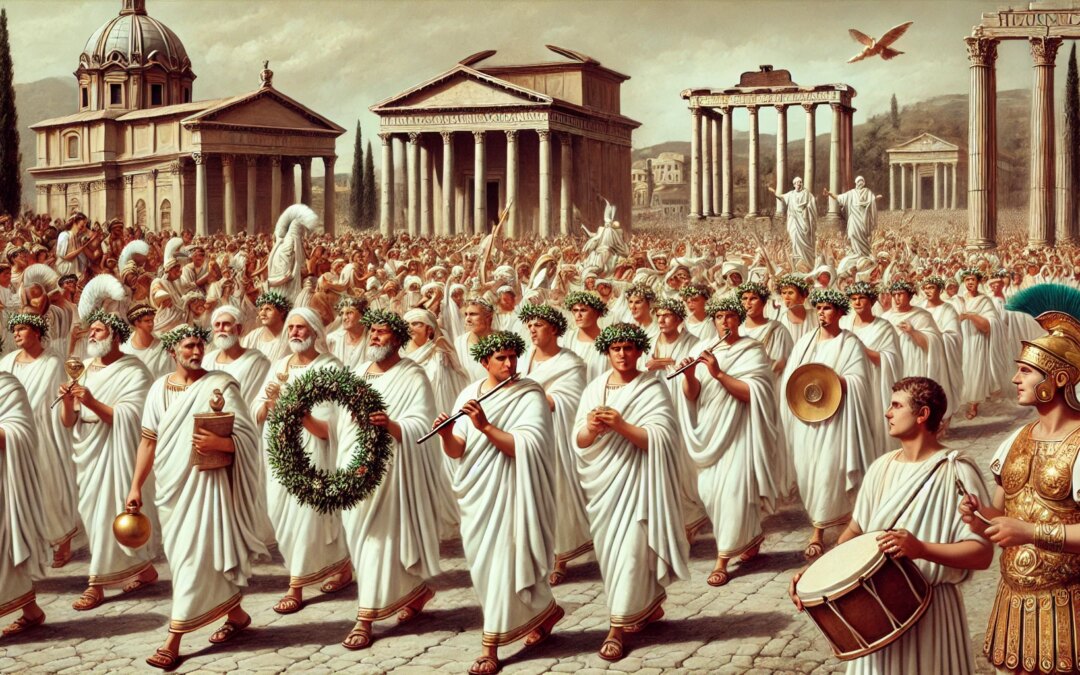

In 1st century BCE Rome, religious processions were grand civic rituals—uniting gods, people, and politics in the heart of the Republic.
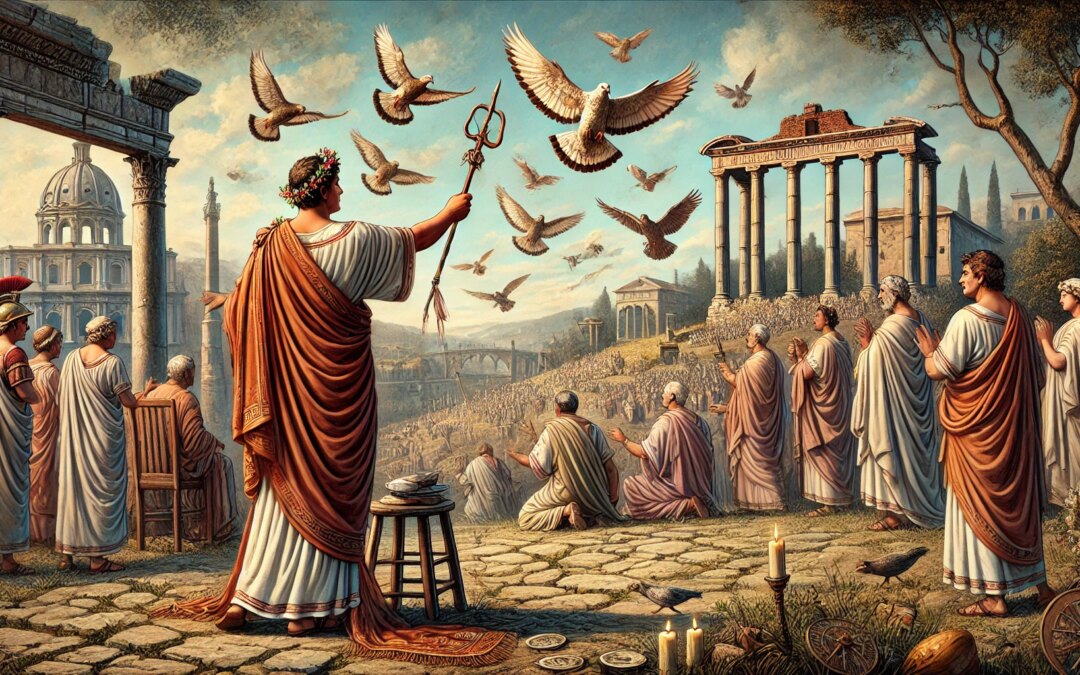
Roman augurs interpreted the flight of birds to guide political and military decisions—linking nature, religion, and state power in ancient Rome.
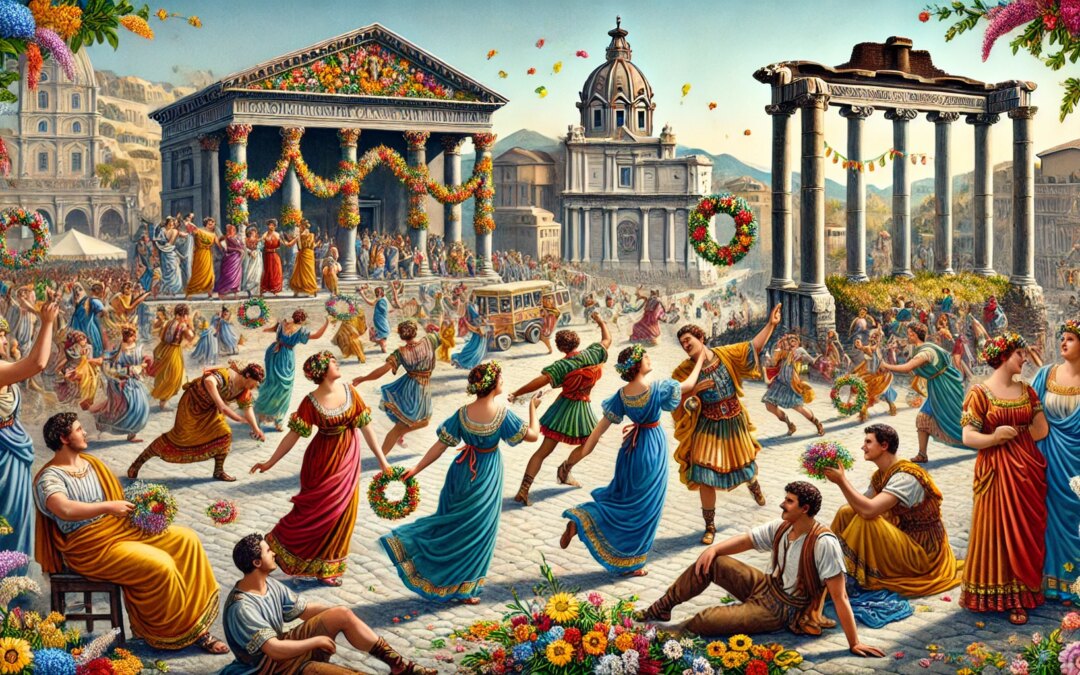
Floralia, the vibrant Roman spring festival, celebrated flowers, fertility, and female liberty with games, theater, and colorful revelry.
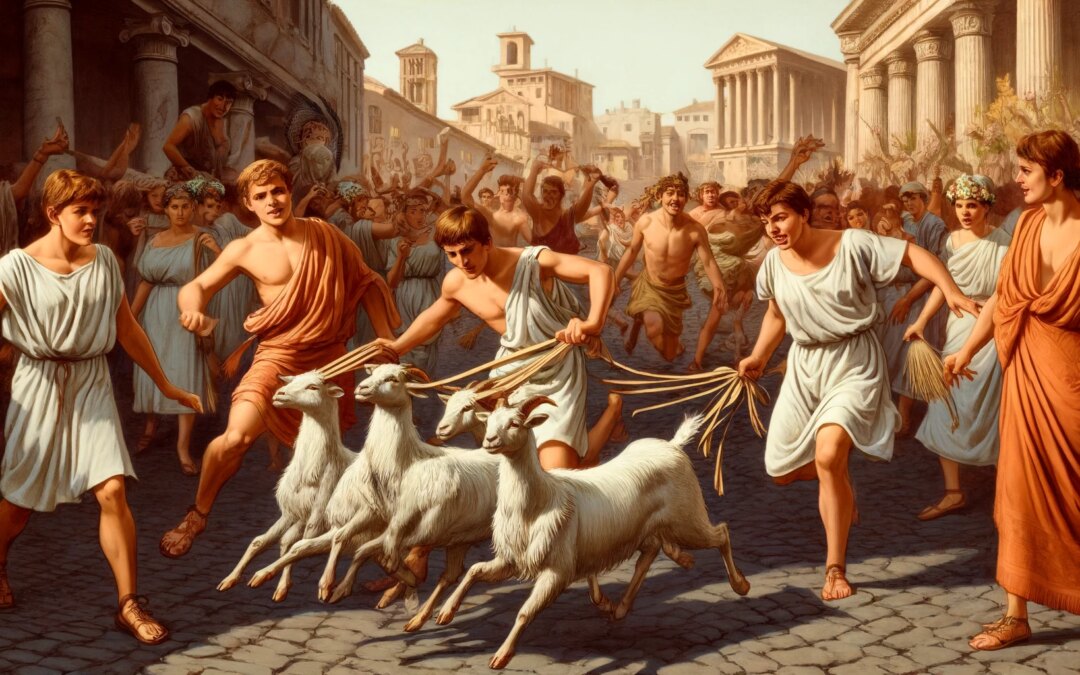
Lupercalia, celebrated in February, was one of Rome’s most ancient rituals—honoring fertility, cleansing the city, and blurring social lines.
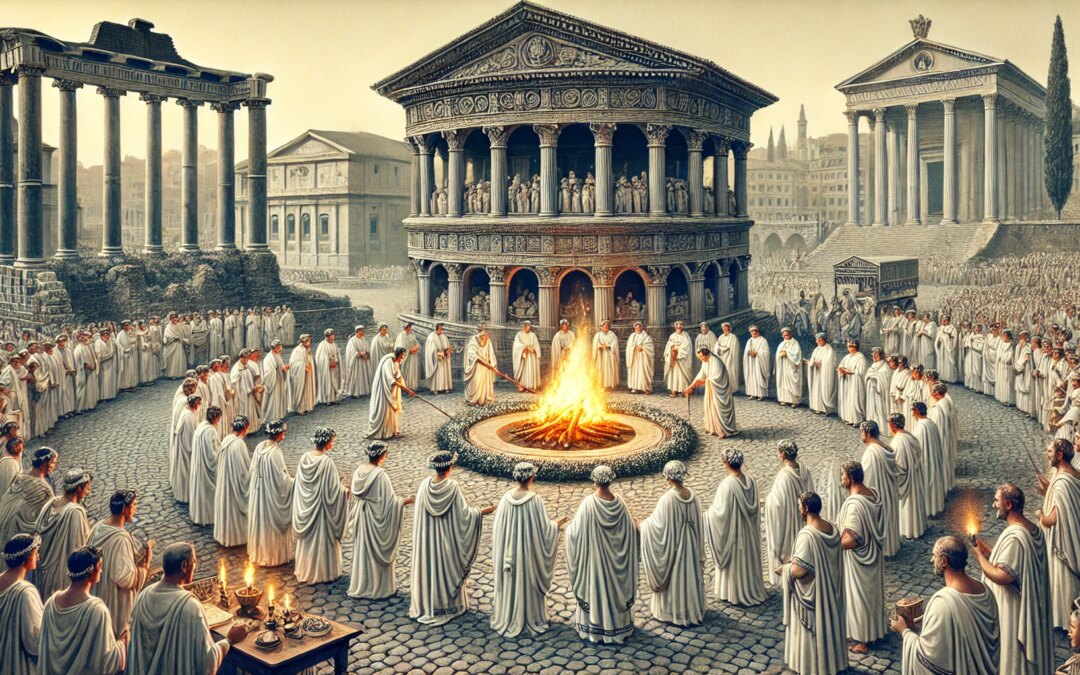
In ancient Rome, the Vestal Virgins kept the sacred fire of Vesta burning—symbolizing the city’s fate and the divine order of its society.
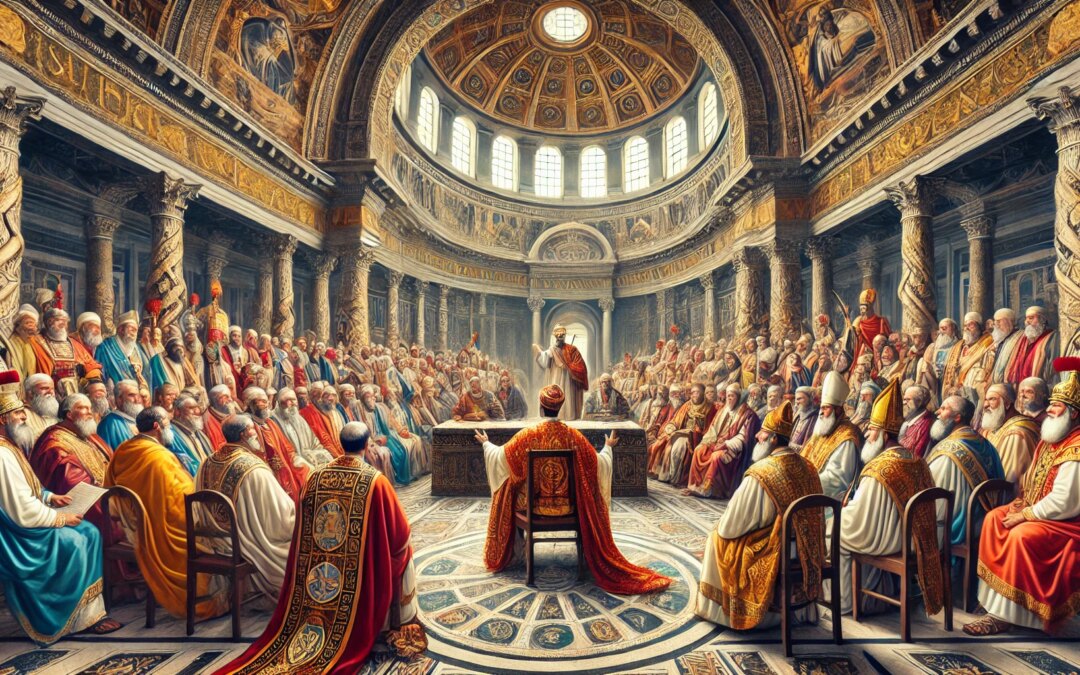
Explore the Council of Nicaea in 325 AD, where Emperor Constantine and Christian bishops shaped the foundations of Christian theology.
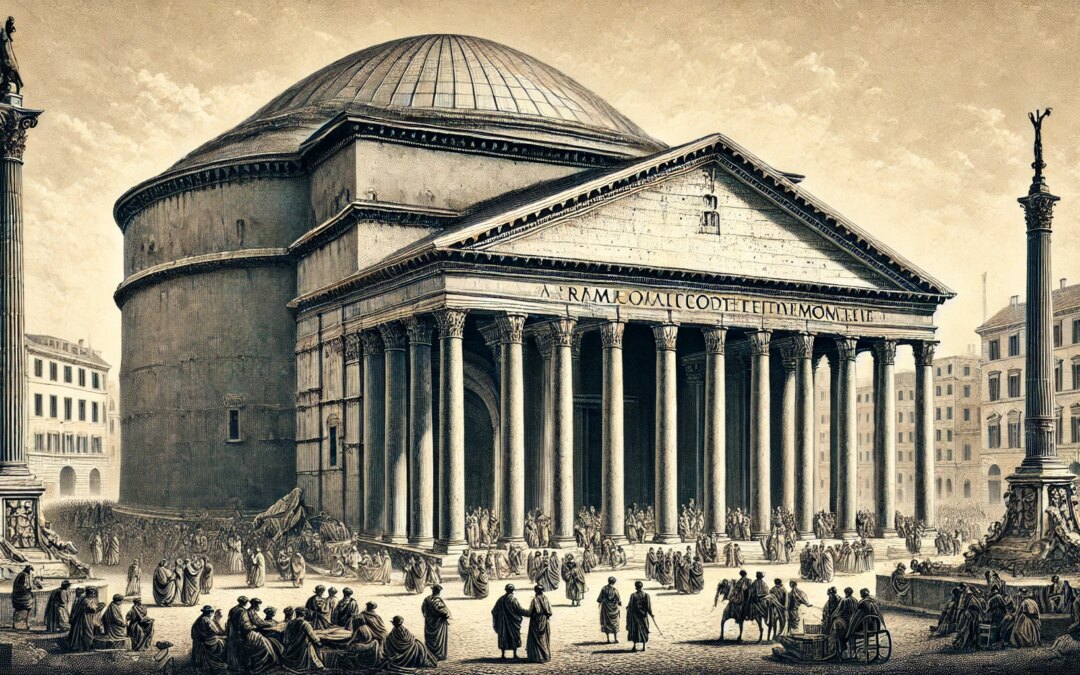
Discover the history and architectural marvel of the Pantheon, Rome’s best-preserved ancient temple dedicated to all gods.

Explore the history of the Roman catacombs, underground burial sites that served as places of refuge and worship for early Christians.